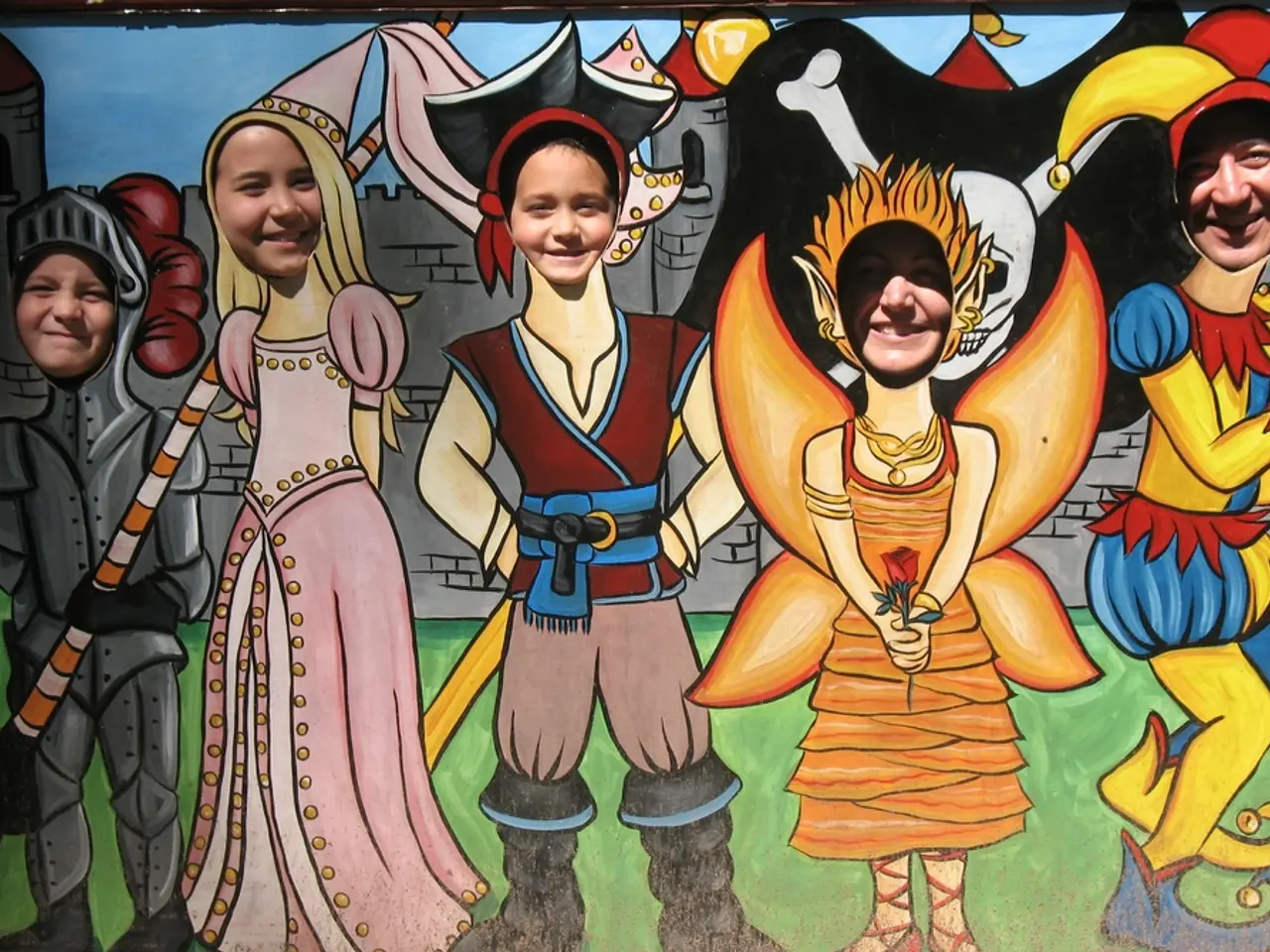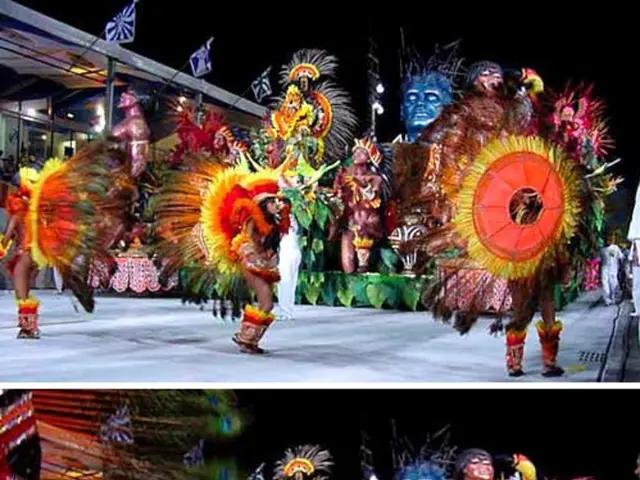Kid-Friendly AI Animation Sites for Creating Cartoons
Creating educational and engaging content for children using AI animation tools has become an efficient and effective way to captivate young minds and support their learning journey. Here's how these tools can be leveraged and some best practices for making kid-friendly animations.
### AI Animation Tools for Kids
1. **Invido**: This powerful tool allows users to create full 3D animated videos from simple text prompts. It offers features like customizable scripts, scene editing, and voiceover adjustments, making it ideal for creating engaging kids' stories.
2. **KidsHub AI**: This platform provides an array of features such as an AI Music Studio, Audio Rhymes Generator, Animated Rhyme Videos, and a Story Generator. These tools help create fun, educational videos, stories, and shows without requiring technical skills.
3. **Filmora**: Equipped with AI-powered features, Filmora can generate scripts, storyboards, and AI-generated footage from text ideas. It also offers a rich asset library and screen recording capabilities, making it suitable for educational content creation.
### Best Practices for Making Kid-Friendly Animations
#### 1. **Engaging Storylines** - Use simple, clear narratives that are understandable for children. - Incorporate relatable characters and themes to capture their attention.
#### 2. **Visual Attractiveness** - Utilize vibrant colors and appealing visuals to keep children engaged. - Ensure animations are smooth and well-paced to maintain interest.
#### 3. **Interactive Elements** - Incorporate interactive elements, such as quizzes or challenges, within the animation to encourage participation. - Use these elements to teach specific skills or reinforce learning concepts.
#### 4. **Accessibility and Clarity** - Ensure that the audio is clear and easy to understand. Use subtitles or voiceovers in multiple languages if necessary. - Make sure the animation is accessible on various devices, such as tablets and smartphones.
#### 5. **Feedback and Evaluation** - Test your animations with a small group of children to gather feedback and understand what works best. - Use feedback to refine and improve the content for future productions.
#### 6. **Integration into Learning** - Use animations as part of a broader educational strategy, such as in a flipped classroom model, where students watch videos at home and discuss them in class. - Align animations with specific learning objectives to maximize educational impact.
By following these guidelines and leveraging AI animation tools, you can create engaging and educational content that effectively captivates children's attention and supports their learning. To get started with AI kids' animation, sign up for free at AI. Users must be 13 and up to have their own account, but with parental guidance, kids can enjoy creating their own animations.
AI animation tools offer over 20 different languages for text-to-speech features, allowing users to create animations with voiceovers and dialogue in various languages, making content accessible to a global audience. So, let your child's creativity soar and unlock new possibilities with AI animation tools!
- The tool Invido, known for creating full 3D animated videos from text prompts, is particularly ideal for crafting engaging children's stories due to its customizable scripts, scene editing, and voiceover adjustments.
- KidsHub AI, equipped with an AI Music Studio, Audio Rhymes Generator, Animated Rhyme Videos, and a Story Generator, offers the ability to create fun, educational videos, stories, and shows without requiring technical skills.
- Filmora, an AI-powered tool, generates scripts, storyboards, and AI-generated footage from text ideas, boasting a rich asset library and screen recording capabilities, making it suitable for educational content creation.
- Engaging storylines crafted for children should feature simple, clear narratives, and employ relatable characters and themes to capture their attention.
- Visual attractiveness in kid-friendly animations can be achieved through the use of vibrant colors, appealing visuals, and ensuring animations are smooth and well-paced to maintain interest.
- By incorporating interactive elements such as quizzes or challenges within animations, you encourage participation and can teach specific skills or reinforce learning concepts.
- To make educational animations accessible on various devices like tablets and smartphones, enforce accessibility and clarity by ensuring the audio is clear and easy to understand, and use subtitles or voiceovers in multiple languages if necessary.




